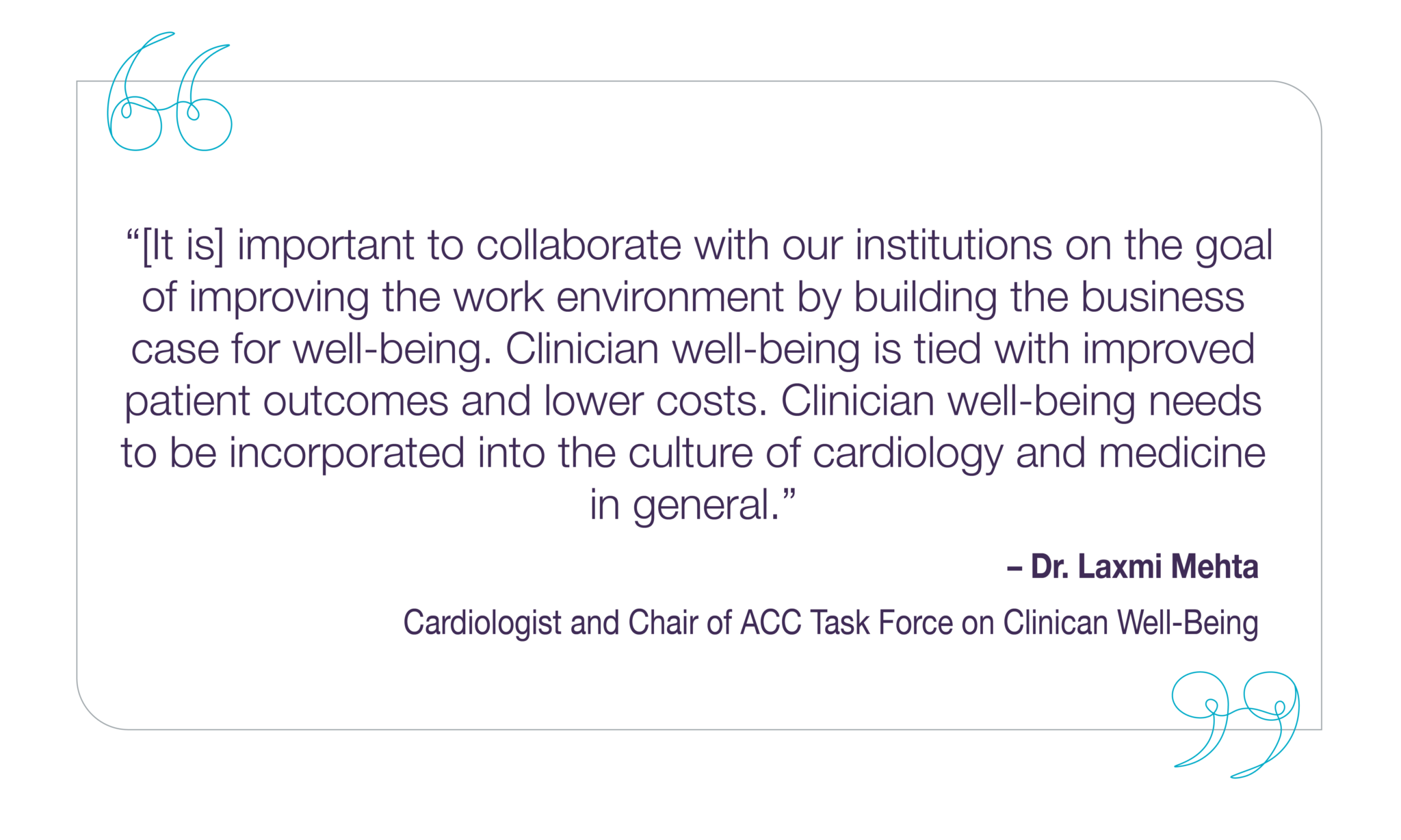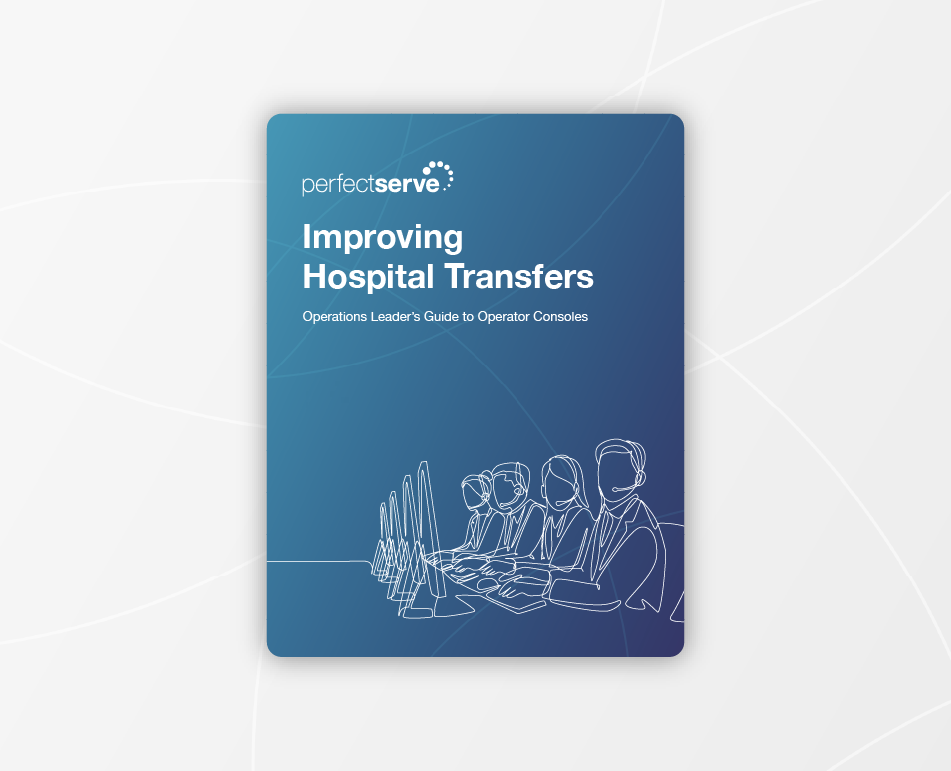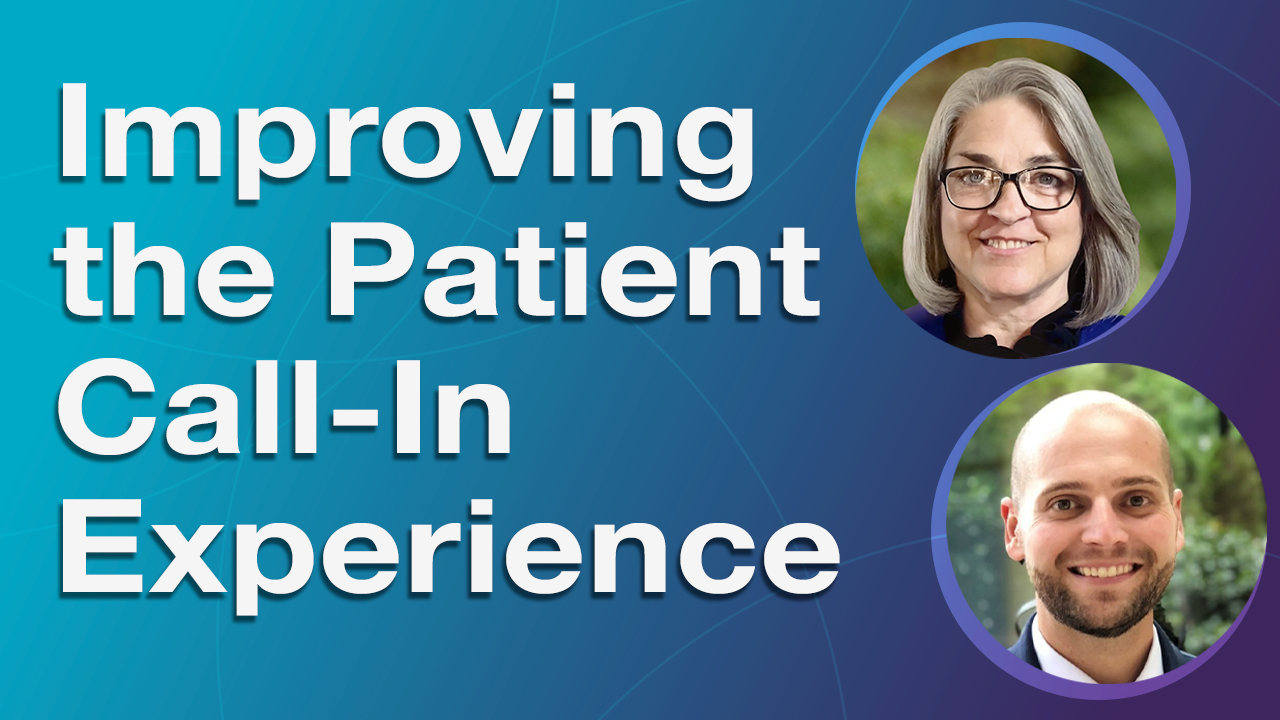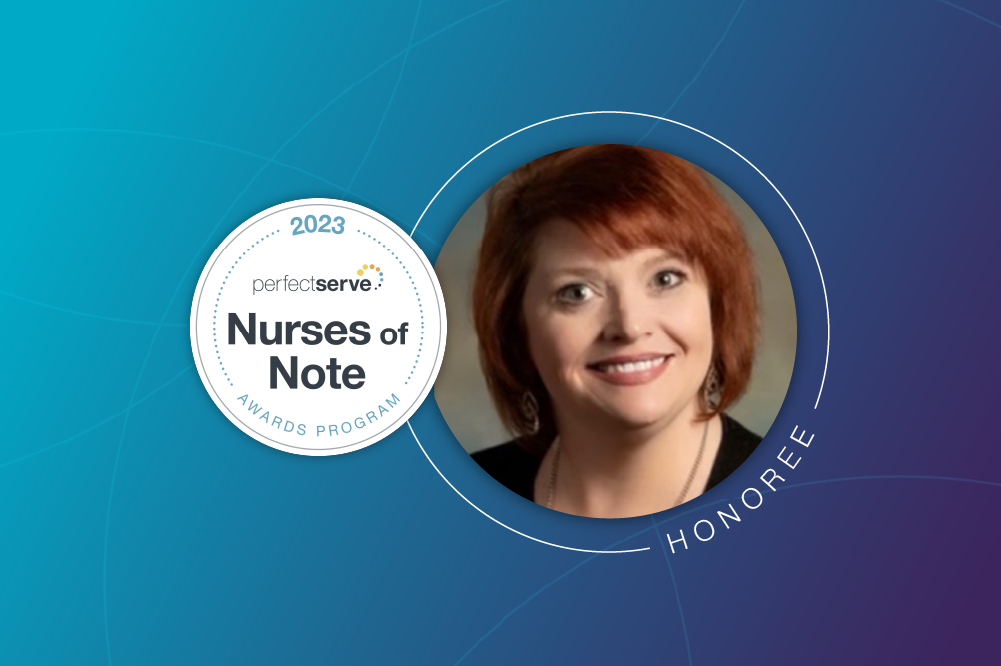How to Combat Physician Burnout in Cardiology
TABLE OF CONTENTS
A study from the American College of Cardiology (ACC) revealed that burnout rates among cardiology clinicians almost doubled at the height of the pandemic. Among cardiologists, burnout rates increased from 20% pre-pandemic to 38% during its peak, and two years on, it’s no secret that the healthcare industry at large hasn’t fully recovered.
Across the US, almost half of providers surveyed expressed increased levels of burnout1 due to the pandemic, as well as heightened feelings of anxiety, depression, and work overload. But interestingly, the “odds of burnout were 40% lower in those feeling valued by their organizations.”2 Does this mean sufficiently communicating and reinforcing the value they bring to their organizations is one of the keys to alleviating provider burnout?
We won’t claim that better technology is the one and only antidote to provider burnout, but we do know that better clinical communication solutions help to decrease provider frustration, improve patient outcomes, and enhance the provider experience. The question then becomes, how do we increase feelings of value in providers, and what are the easiest—and most cost-effective—ways to do so? Let’s look at how clinical collaboration solutions can improve workplace satisfaction and instill more concrete feelings of value in cardiologists (and all providers) worldwide.
Why Are Cardiologists Experiencing Burnout?

The unprecedented and unpredictable nature of the COVID-19 pandemic—marked for a long time by insufficient PPE levels and continued pre-vaccine exposure to the virus for frontline medical professionals—made it a heavy weight to bear for cardiologists and many other physicians. This led to heightened levels of burnout, and as an unfortunate side effect, burned-out cardiologists were also less likely to report feeling valued or being treated fairly at work.3 Finding ways to increase clinician well-being means finding ways to mitigate their stress levels, grant them more autonomy, and allow them to have a healthier work-life balance.
Cardiologists need more supportive and autonomous work environments that foster feelings of value and worth. Throughout PerfectServe’s decades-long focus on improving clinical workflows, we’ve seen time and time again that the daily frustrations involved with coordinating care—checking the on-call schedule only to find that it’s out of date; sending a page into the abyss and hoping you’ll get a response; being deluged with more texts, calls, alerts, and requests than any one person can reasonably handle while trying to see patients—are a frequent culprit when clinicians start to feel overwhelmed and like they have little to no control over their day-to-day tasks.
One way to alleviate these issues is to deploy a clinical communication solution that accelerates speed to care by connecting care teams, minimizing disruptions, improving response times, and giving clinicians more control over how, when, and where they’re contacted. Care team collaboration doesn’t have to be chaotic!
Using Clinical Collaboration Solutions to Instill Provider Value
Expedite Communication
Burned-out cardiologists reported that much of their job stress came from poor care team efficiency, a hectic work atmosphere, and a lack of control over their workload.4 Clinical communication systems are designed to combat poor care team efficiency by reliably creating more streamlined clinical workflows. Rather than forcing a clinician to take a shot in the dark at which colleague they need to contact for a given patient scenario, a clinical communication and collaboration solution removes the guesswork and makes it easy to connect with the right clinician via text, call, or even video. This saves valuable time and prevents clinicians from having to search schedules by hand, play phone tag, or otherwise run in circles just to find someone who can help. This kind of workflow automation improves provider response time and speeds up care delivery.
Bring Order to Chaos with Integrations, Better Workflows
Clinical communication and collaboration solutions can also help to facilitate day-to-day clinical workflows using powerful integrations. During every shift, cardiologists regularly access the EHR and field any number of alerts & alarms, from critical lab results to consult requests. By integrating with other key hospital systems, a clinical communication and collaboration solution is able to deliver alarms and other notifications to providers in an orderly and manageable way. This reduces cumbersome workflows—e.g., no more playing phone tag with the lab to confirm test results—and can even decrease reliance on old-school protocols like overhead paging that aren’t always effective and add to ambient noise levels.
Going a step further, these solutions can also make nurses’ lives easier by giving them more freedom and flexibility. By integrating with the nurse call system, communication technology allows nurses to see and respond to patient calls from any location instead of having to go to a computer at the nurse station to see which patient needs what. Bathroom or water request? Divert it to the patient care tech. Voice call? Simply call the patient back and speak to them live through their pillow speaker. The range of time-saving workflows is almost endless!
Accommodate Personal Preferences
As discussed in the Lightning Bolt workplace flexibility blog, the Journal of the American College of Cardiology (JACC) says that a thriving workforce is achieved, in part, by enabling providers to maintain a healthy work-life balance.5 The JACC also stated that cardiologists need to have flexibility in terms of hours and work commitments. Over 80% of cardiologists who reported themselves to be “completely burned out” cited having no control over workload as one of the main factors contributing to their unhappiness.6
Clinical communication solutions can play a role here by using adjustable personal preferences and scheduling information to give providers control over when and how they’re contacted. For example, maybe Dr. Smith only wants to receive secure messages or voicemails after 5:30 PM. With a CC&C platform like PerfectServe, she can easily adjust this setting in just a few seconds. Having this level of control over the way she’s reached brings peace of mind that is much harder to achieve without technology.
Some clinical communication solutions also integrate with advanced scheduling tools, which typically bring benefits like quick and simple time-off requests and automatic updates when any changes are made to the schedule. Research shows that physicians who reported high levels of autonomy at work—such as having adequate control over their work schedules and work content—were more likely to report greater satisfaction and lower rates of turnover.7 Both with native features and features available through integration, clinical communication solutions give providers more control and greater transparency.
Enhance Patient Care
Surveys have shown that cardiologists faced increased levels of burnout throughout the COVID-19 pandemic due to their close proximity to infected patients and their repeated presence at the bedsides of dying patients.8 Providers are deeply affected when patients have negative outcomes, so deploying technology that alleviates some of this emotional weight by improving day-to-day clinical operations can have a big impact on overall clinician wellness. This is a two-way street: happier providers are linked to better patient outcomes,9 and it’s easy to understand that providers feel more satisfied with their work when patients are properly cared for and healthy.
Clinical communication solutions are designed to accelerate patient throughput and enhance speed to care by:
- Automating workflows
- Routing calls and messages correctly
- Improving provider response times
- Reducing distractions
- Automating scheduling requests
- Facilitating alerts & alarms in a digestible way
The end result? Better patient care and better outcomes.
How Clinical Communication Solutions Combat Dissatisfaction
With the right clinical communication solution, your organization can give providers more autonomy, more control over their workload, and, quite simply, a better tool for coordinating patient care. When they feel like they’re delivering quality care without being overwhelmed by minutiae, it stands to reason that providers will be more satisfied because they consistently see the value their work brings to the patients they’re helping.
In response to a 2018 study about cardiologist burnout, ACC President C. Michael Valentine, MD, said, “We are much wiser to grapple with the problems now and try to propose active solutions that enable our clinicians to practice longer and to lead more satisfied careers, because there [are] definite data that they provide better care when they’re better taken care of themselves.” If you remember nothing else about this blog, remember that clinical communication solutions—because they’re capable of touching so many facets of the work that goes into taking care of patients every day—can make it infinitely easier for your providers to do their jobs. Less confusion, less inertia, fewer delays and workarounds, and more time making a difference for patients.
Finding the right clinical communication solution for cardiology departments and practices depends on each organization’s needs and priorities. To learn more about PerfectServe’s Clinical Communication and Collaboration solution, or to see a demo, reach out to schedule a call today.
1,2 Prevalence and correlates of stress and burnout among U.S. healthcare workers during the COVID-19 pandemic, NIH: https://pubmed.ncbi.nlm.nih.gov/34041456/
3 Clinician Well-Being—addressing global needs for improvements in the health care field, NIH: https://www.ncbi.nlm.nih.gov/pmc/articles/PMC8408661/
4,6 Burnout and Career Satisfaction Among U.S. Cardiologists, Journal of the American College of Cardiology: https://www.sciencedirect.com/science/article/pii/S0735109719350004?via%3Dihub#bib4
5 A Report of the American College of Cardiology Solution Set Oversight Committee, Journal of The American College of Cardiology: https://www.jacc.org/doi/10.1016/j.jacc.2022.08.748?_ga=2.87499472.912240672.1673631464-1855396229.1671563388#bib39R
7 Burnout in Healthcare Workers: Prevalence, Impact and Preventative Strategies, National Library of Medicine: https://www.ncbi.nlm.nih.gov/pmc/articles/PMC7604257/
8 Burnout Rates Double For Cardiology Clinicians Amid COVID-19, American College of Cardiology: https://www.acc.org/latest-in-cardiology/articles/2021/06/01/01/42/feature-acc-survey-burnout-rates-double-for-cardiology-clinicians-amid-covid-19
9 Assessing the Longitudinal Impact of Physician-Patient Relationship on Functional Health, Analysis of Family Medicine: https://www.annfammed.org/content/18/5/422




